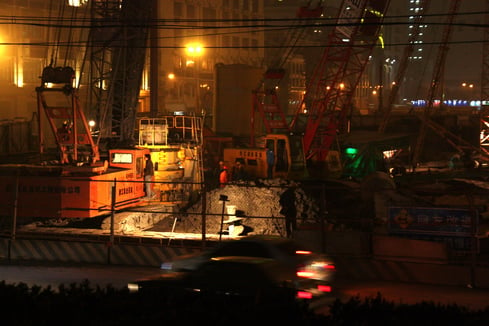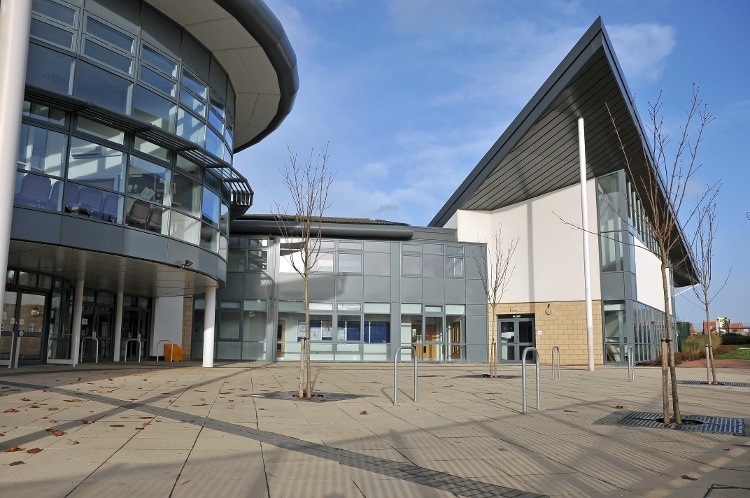
The Atamate Schools project is intended to meet the following objectives for schools:

A construction firm is working on a major infrastructure project, which requires a large site to be in operation for a projected 18 months. They require a building onsite and they have opted for modular offsite construction techniques, enabling the building to be assembled rapidly when the components arrive onsite and collapsed and removed equally rapidly when work at the site is complete.
The site building has three stories with 14 modules:
All building services will be electric, powered by a connection to the mains.
The client wishes to maintain good working conditions for their staff and minimise the environmental impact of the site. They have asked Atamate to optimise the building’s efficiency by automating services and to provide the means to demonstrate that efficiency with data on the building’s indoor environment and energy usage.
The building’s role, to support a larger development, imposes some constraints that are less pressing for a building that is the end product of a development:
Most rooms are ventilated by manually opening windows, although mechanical extract ventilation (MEV) is installed in the sanitary rooms and kitchenettes.
A major advantage of atBOS is its relatively low cost, which is partly driven by it being simple enough that all sensors, meters and actuators can be installed during the offsite phase of manufacture. All components communicate wirelessly and are powered by the same circuitry used to power the other electrical services. No dedicated cabling is required and atBOS does not add to the number of connections needed between modules.
In the building described, the largest component of energy use is likely to be space heating. The panel heaters need to bring all occupied rooms to the pre-defined setpoint of 21°C (70°F) while avoiding heating unoccupied rooms. The key to achieving that is installing an Atamate ceiling sensor in every room, enabling atBOS to control the panel heaters using the following control parameters:
While offices and canteens can be adequately ventilated by opening windows, the air quality in kitchenettes and sanitary rooms will deteriorate quickly when they are in use. They are fitted with MEV which is programmed to switch on along with the lights as soon as the rooms are occupied.
Installing MEV makes those rooms subject to regulatory requirements based on the minimum number of air changes per hour. However, the prescribed number of air changes is based on a worst-case scenario. In practice, it is rarely necessary to operate an extractor fan at such a high speed.
The Atamate solution is an automated two-speed fan, controlled using air quality data from the same sensors that monitor the temperature. The fan’s higher speed can deliver the required number of air changes if they are needed but most of the time, the lower speed is sufficient to maintain air quality using less energy and causing less wear to the fan.
All the data collected by atBOS is stored in the cloud, including:
The data can be used to generate reports that show the client maintains an indoor environment conducive to the wellbeing of their staff.
Because atBOS retains all sensor and meter data in the cloud, the client can demonstrate they are minimising carbon emissions while maintaining a comfortable working environment. The client can use the data to document its commitment to energy efficiency and employee wellbeing, which contributes toward its environmental, social and governance (ESG) goals when presenting to investors and also its commitment to international standards like BREEAM and WELL.
A further advantage arises from the atBOS function that sends a text to a designated person in response to pre-defined anomalous readings. One such anomaly is a room being occupied outside working hours, in which case a security team can be alerted of a possible intruder.
|
Project description |
Maintenance of a comfortable working environment with minimal energy expenditure in temporary buildings. |
|
Atamate controlled systems |
|
|
Atamate data products |
|
|
Mechanical systems |
|

The Atamate Schools project is intended to meet the following objectives for schools:

Today’s market offers a wide range of building management and automation systems with overlapping functionalities. We designed the Atamate building operating system...